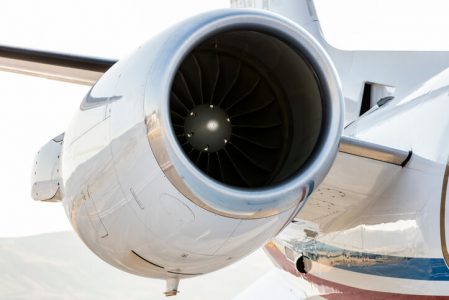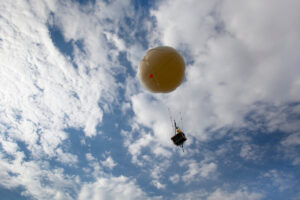Pilot training introduces pilots to preflight checks
The preflight inspection is one of my hot buttons during pilot training for a new airplane. Unfortunately, it seems like it’s always an afterthought. After a fundamental review of some instruction slides, we’re asked if we have questions, but nobody does. Once you’ve done one walk around, you can do them all, right? Maybe not.
Each new airplane has its quirks. Even with the best preflight instruction in the classroom, there are still some issues when we’re on the line. For example, how do you inspect anything 6 feet above your head? It’s not practical to drag a full-size ladder with you for every preflight inspection.
So, we trust. We trust our mechanics and technicians or the pilot who last flew the plane. Usually, that is good enough. However, Textron Aviation jets have received special attention lately. The FAA has just issued a Special Airworthiness Inspection Bulletin (SAIB) warning pilots and mechanics of Cessna Citations, Beechjet 400A/XPs, and Hawkers to take extra care while doing their preflight checks.
There is concern about the quarter-turn engine cowl fasteners. So far, it’s not considered an unsafe condition that would lead to an airworthiness directive, but it sounds as though it could be unpleasant if the cowl comes loose in flight.
There have been several incidents of engine cowl damage and even some separations on the Textron turbofan airplane. Some of these incidents have “marginally affected” the handling of the aircraft. Unfortunately, there will be some damage when the cowl comes flying off a plane during flight.
The FAA says maintenance errors may cause the problem with the fasteners. If the quarter-turn fasteners are not fully engaged then the aerodynamic loads in flight can cause the cowl to separate from the engine. The cowl doors that separate from the airplane could strike the tail components, causing structural damage and potential loss of control. The SAIB is intended to bring awareness to this issue and warn pilots of the importance of checking the fasteners before flight. It also calls for routine preventative maintenance to check for fasteners that may not be seated properly.
We may not be able to see every fastener on the top of the engine, but good preflight pilot training can teach us to look for gaps, cracks, or contour issues as we inspect the cowl area. Just knowing this is an issue for Textron airplanes makes me want to double-check the fasteners on all jets I fly. We should all pay extra attention to the hardware that hold our aircraft together.
RELATED READING
RELATED CTS TRAINING










